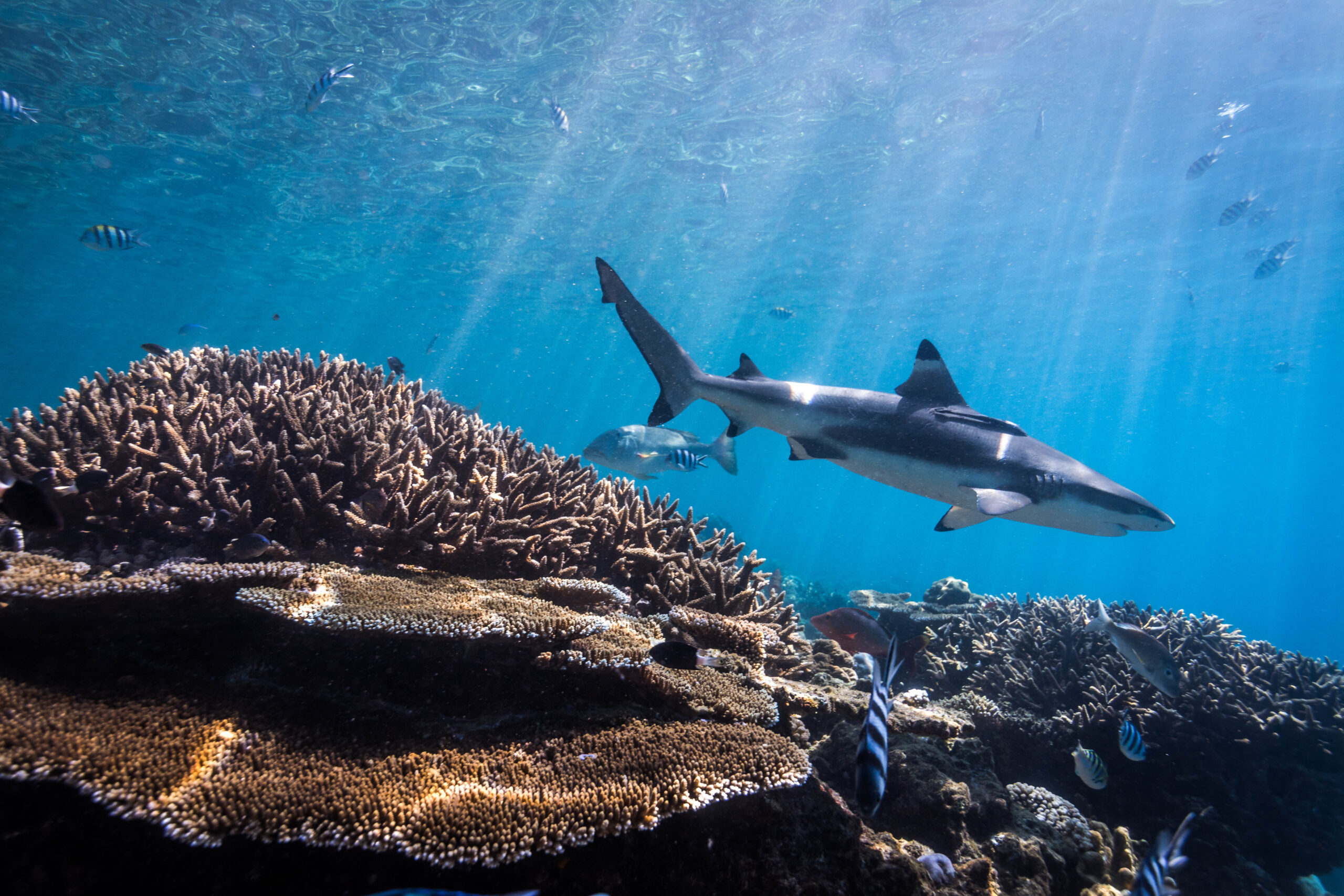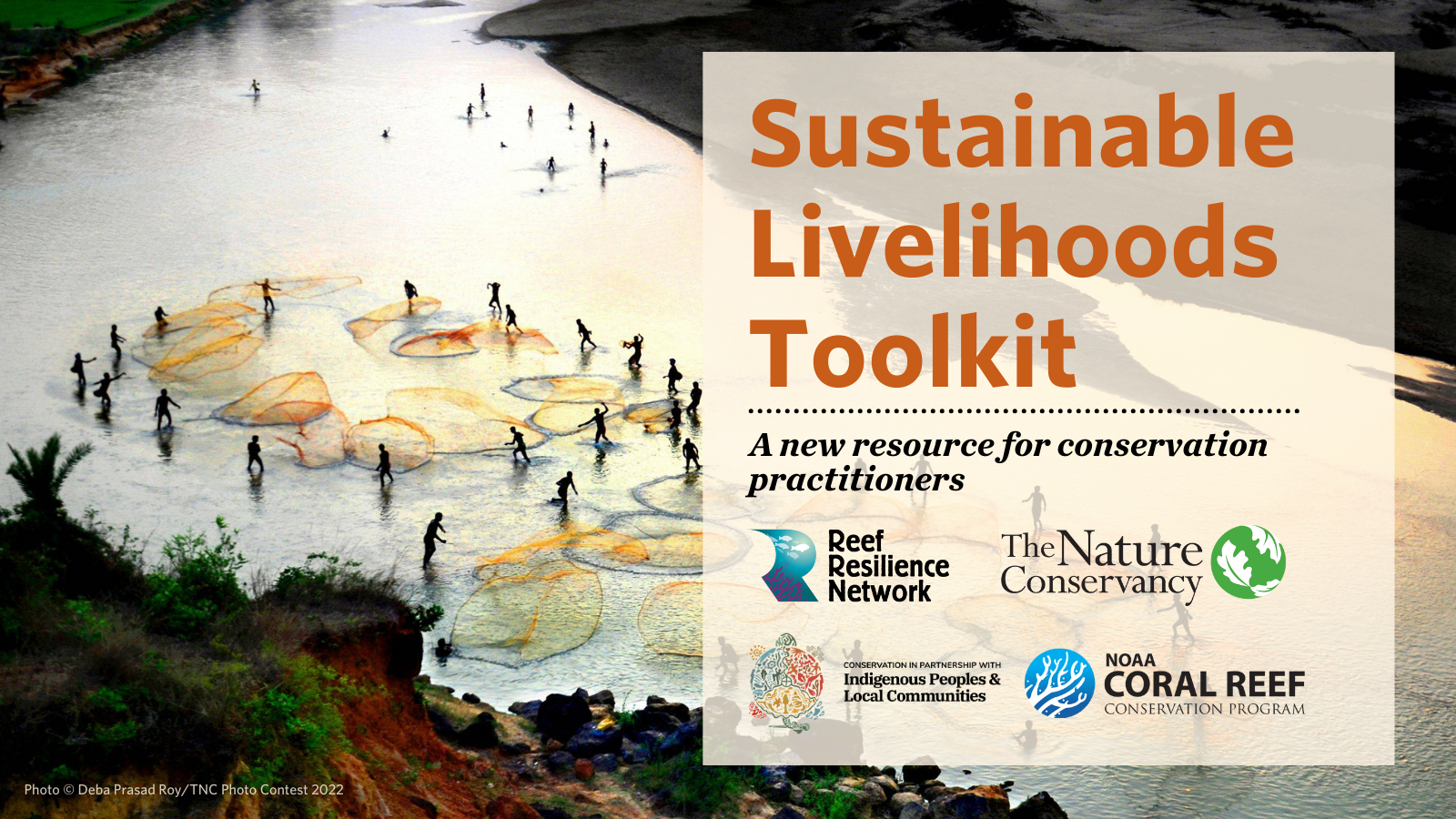Abstract: Active coral restoration through coral ‘gardening’ aims to remediate some of the drastic coral cover lost on Caribbean reefs, with increasing attention to the imperiled, iconic foundation species elkhorn coral Acropora palmata. We documented 2 experiments quantifying effects of A. palmata outplant characteristics and habitat on outplant success. Two thermal stress events (summer 2014 and 2015) occurred while the experiments were underway and thus lend insight into environmental interactions and coral restoration outcomes under projected thermal regimes. In the first experiment comparing 2 size classes of a single genotype, smaller fragments produced significantly more live tissue area, experienced less bleaching, and demonstrated equal survivorship compared to larger fragments. The second experiment compared 4 genotypes outplanted to both fore reef and mid-channel patch reef habitats. Genotypes varied significantly in survivorship, bleaching severity, and net change in size, with one (CN2g) performing well in all 3 metrics, and another (SLg) exhibiting poor survivorship, the most bleaching, and smaller changes in size. Overall, bleaching was less severe and survivorship less varied between genotypes in fore reef versus patch reef habitats. Fragments returned to the site of genotype origin did not consistently outperform ‘foreign’ genotypes from a different habitat type. Recognizing unique attributes associated with size and specific genotypes may improve the efficacy of active coral restoration in the face of future climate scenarios.
Author: Pausch, R. E., D.E. Williams, and M.W. Miller
Year: 2018
View Abstract
Email for the full article: resilience@tnc.org
Marine Ecology. doi:10.3354/meps12488


